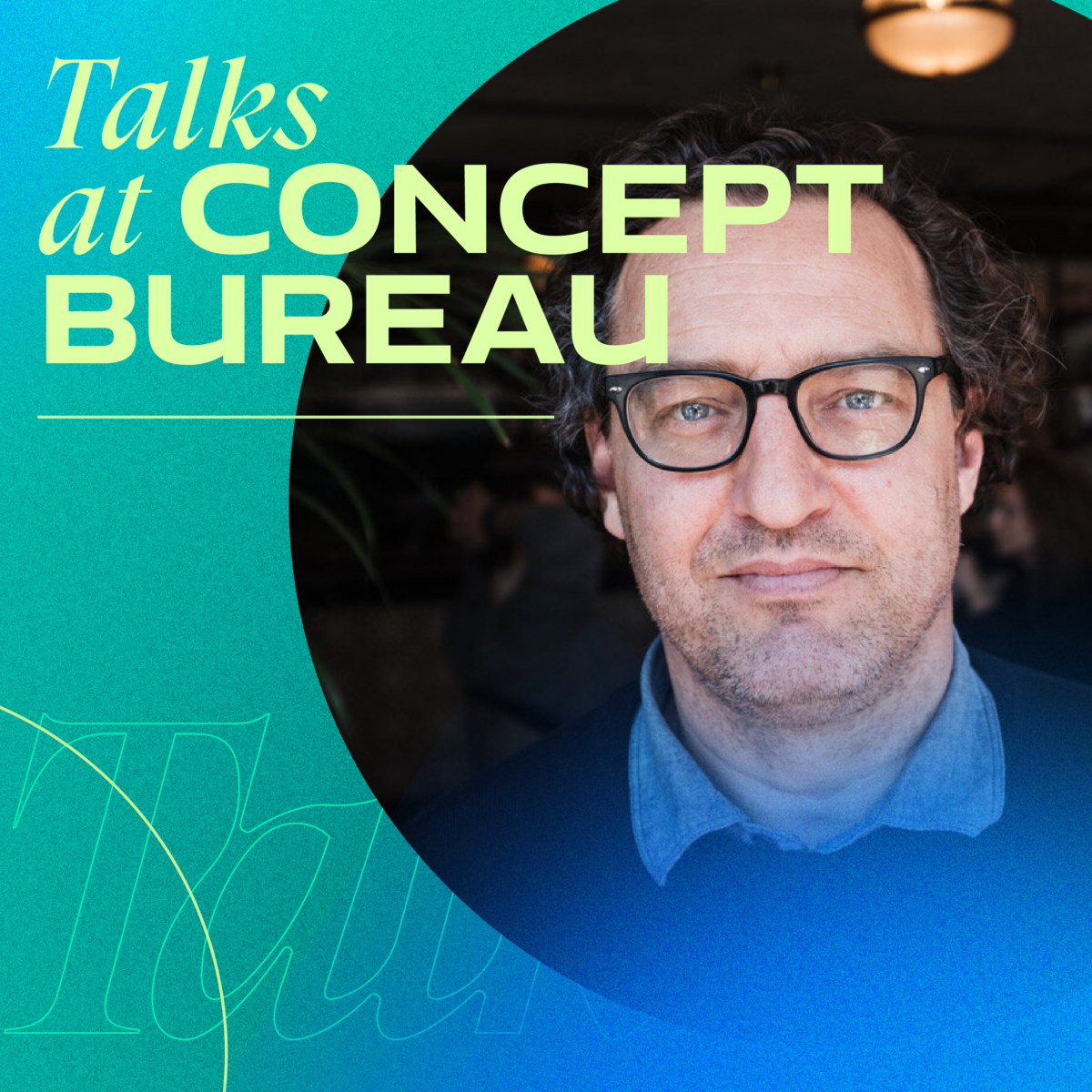Brand myths may seem like undecodable magic, but like Air Jordans and Barbie Dolls, what looks like an enigma on the surface is actually a formula underneath.
Brand myths perform 4 functions: the mystical, the cosmological, the sociological and the psychological. Each one of these functions creates context for understanding the world, and when done right, they create the world’s most significant names.
In this episode of Talks At Concept Bureau, ethnographer and brand thinker Peter Spear shows us how companies like Pinterest, Axe Body Spray and even Bitcoin all filled these functions, and were then able to take on mythical proportions as brands.
To get the inputs you need for brand mythology, Peter proposes Brand Listening – his extremely active and open form of qualitative research that anyone at any company can start doing right now.
It’s based on a few core principles, including the fact that we think in images, that people have experiences not answers, and that awkwardness is a beautiful way of opening people up.
This is a talk about both seeing and listening to your audience in a new way so that the mythology of your brand can do what myths are meant to do: give your people a sense of meaning and purpose.











